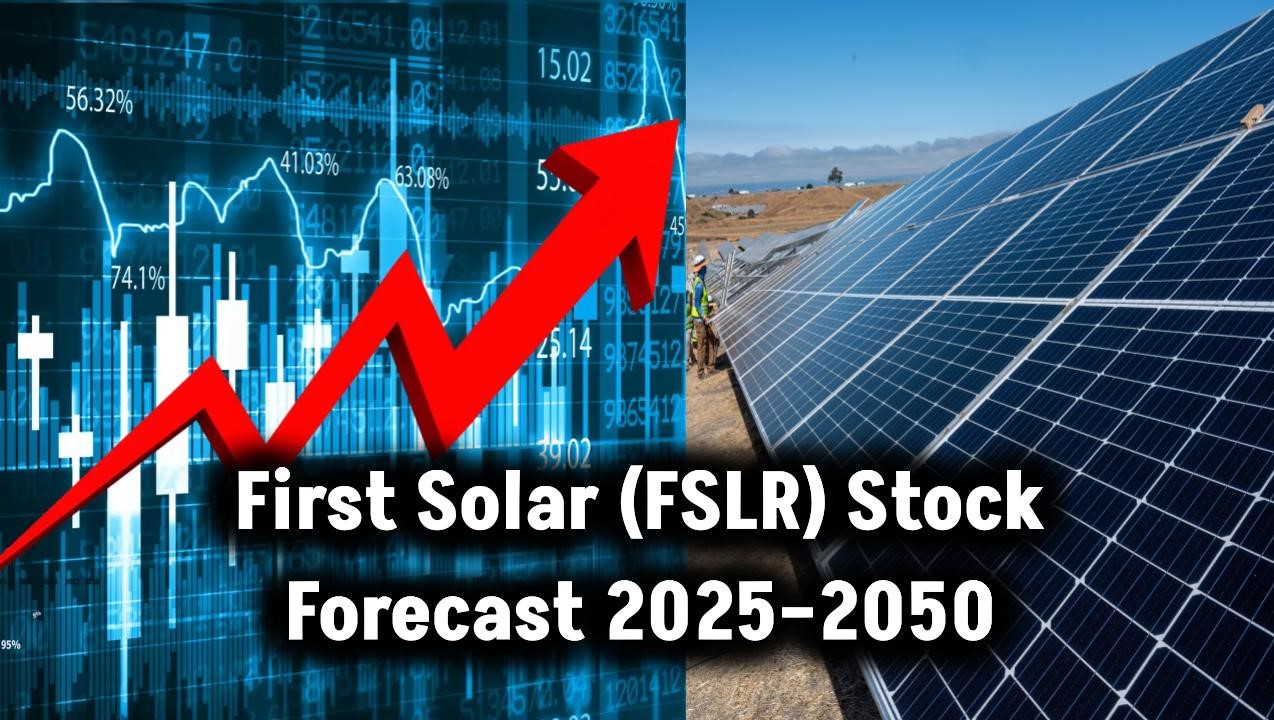
In the world of investing, moves made by big players like Rockefeller Capital Management don’t go unnoticed. Recently, Rockefeller reduced its holdings in Sunrun Inc. (NASDAQ: RUN) by 41.3% during the fourth quarter of 2024. This bold move has raised an important question: “What does it mean for investors?” In this article, we’ll break down the situation in a clear, friendly, and professional way so you can make smarter investment decisions.
Also Check: Beat the Heat and Save Big! How Solar Panels Can Slash Your Summer Electricity Costs
Understanding the Situation
Rockefeller Capital Management trimmed its position by selling 71,516 shares, leaving it with 101,612 shares valued at around $941,000 (source). Moves like these often spark curiosity, as institutional investors typically base decisions on deep research and market outlooks.
But does this mean Sunrun is in trouble? Let’s dive deeper.
Why Did Rockefeller Pull Back from Sunrun?
Financial Performance Matters
Sunrun’s Q4 2024 revenue came in at $518.5 million, slightly below analysts’ expectations of $538.3 million. More concerning were the company’s margins: a gross margin of just 9.1% and a negative EBITDA margin of -15.6% (source).
Example: Imagine running a lemonade stand where your sales are good, but after buying lemons and sugar, you’re still losing money — that’s similar to Sunrun’s situation.
Insider Selling Raises Eyebrows
Recent insider sales added fuel to the fire. Key executives, including CEO Mary Powell and CFO Danny Abajian, sold notable amounts of their shares in April 2025 (source). Insider selling is not always a red flag, but when combined with weak financials, it can signal deeper issues.
Broader Industry Challenges
The solar industry is facing its own challenges: rising interest rates, policy uncertainties, and increased competition. Higher borrowing costs can reduce customer demand for residential solar installations, which hurts companies like Sunrun.
Future Growth Drivers
Despite short-term challenges, Sunrun is positioned to benefit from long-term trends like the global transition to renewable energy, expanding federal and state tax incentives for solar installations, and a shift toward energy independence at the household level.
Example: With electricity prices rising, more homeowners are considering solar panels to save on long-term energy costs.
How the Market Reacted
Following these developments, Sunrun’s stock took a 7.84% dip on February 28, 2025 (source). Several analysts also downgraded the stock:
- Morgan Stanley downgraded it from “Overweight” to “Equal Weight” (source).
- Other institutions lowered their price targets, reflecting cautious optimism at best.
Also Check: Enphase Energy: Analysts Say ‘Hold’ – Should You Listen or Take Action?
Step-by-Step Guide: What Should Investors Do?
Step 1: Analyze Your Portfolio
If you already own Sunrun shares, review how much of your portfolio they represent. Avoid being overexposed to one volatile stock.
Step 2: Understand the Risks
Sunrun’s financial performance and executive actions highlight real risks. Know what you’re dealing with before making new investments.
Step 3: Stay Updated
Monitor earnings reports, interest rate trends, and government energy policies. Even small policy changes can impact solar company revenues.
Step 4: Consider Diversification
Invest in a basket of renewable energy stocks or green ETFs to spread risk. This way, even if Sunrun struggles, your portfolio remains stable.
Step 5: Use a Staggered Buying Strategy
If you’re bullish on Sunrun but worried about volatility, consider buying shares gradually over several months (dollar-cost averaging).
Step 6: Consult a Financial Advisor
Getting a professional opinion tailored to your situation can help you avoid emotional or rushed decisions.
Broader Lessons for Investors
Institutional Moves Are Just One Piece of the Puzzle
While it’s important to notice what big investors like Rockefeller are doing, it shouldn’t be the only reason to buy or sell a stock. Institutions often rebalance their portfolios for many reasons — not just a lack of faith in a company’s future.
Volatility Can Create Opportunities
In the short term, Sunrun’s stock may be volatile. For long-term investors who believe in solar energy’s future, dips could present buying opportunities.
Focus on Fundamentals
Look beyond stock price swings. Focus on Sunrun’s core fundamentals: customer growth, margin improvement, cash flow trends, and innovation in energy storage.
(FAQs)
1. Why did Rockefeller Capital reduce its stake in Sunrun?
They likely reassessed Sunrun’s risk-reward profile based on weaker financial performance and industry challenges.
2. Is insider selling a bad sign for Sunrun?
While not always negative, large insider sales combined with poor financial results can be concerning.
3. What are the major risks for Sunrun investors?
Rising interest rates, tightening government regulations, increasing competition, and execution risks.
4. Should I sell my Sunrun shares?
It depends on your financial goals and risk tolerance. Consult with a financial advisor for personalized advice.
Also Check: This New Solar Cell Lasts 10 Times Longer – A Game-Changer for the Solar Industry!








